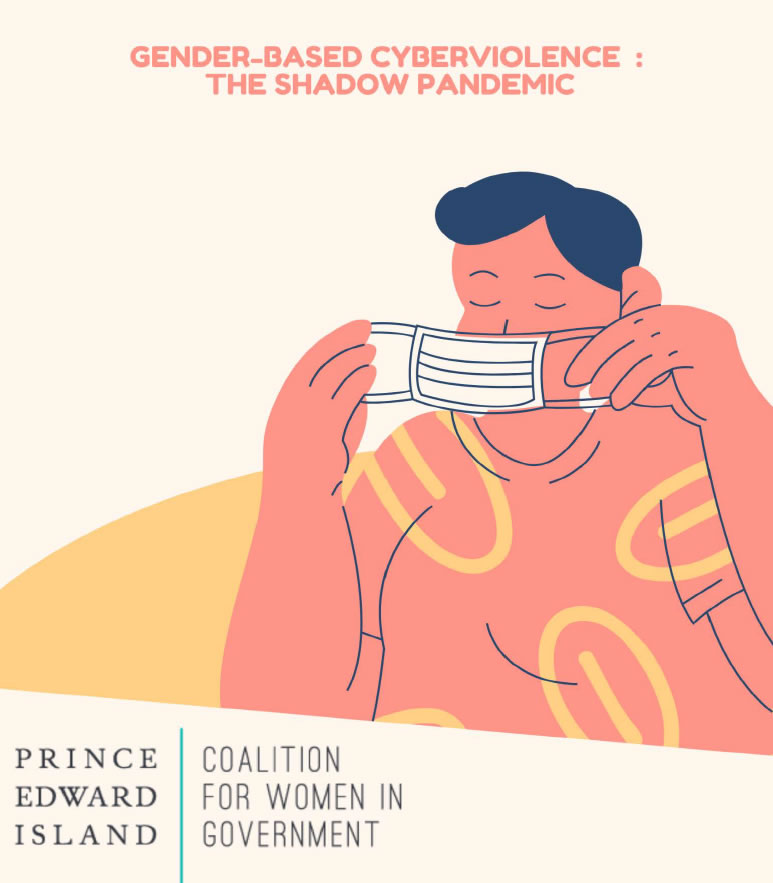Gender-Based Cyberviolence: The Shadow Pandemic
Gender-based cyberviolence is on the rise, and has been since the pandemic started. This is not an unusual phenomenon, as societal, economic, and health crises consistently lead to spikes in gender-based violence. A United Nations report estimates that 73% of women have endured cyberviolence and that women are 27 times more likely than men to be harassed online. Cyberviolence silences those already marginalised, and disincentivizes underrepresented groups from seeking leadership positions.
In Canada, we have seen an increase in women in leadership, especially in the presence of provincial and federal Chief Public Health Officers, most of whom are women who were not in the public eye prior to this. These women have consistently and disproportionately been subjected to considerable abuse, often blamed for increases in cases or legislative policy decisions. In PEI, especially, CPHO Dr. Heather Morrison has been subjected to considerable online abuse.
When looking at women politicians, numerous women have reported increased online pushbacks and vitriol since March 2020, though this is still undocumented. Quick scans of comment sections on social media point to increasingly derogatory comments targeting women, not due to their competence, decisions or skill, but due to their gender.
Most gender-based violence legislation does not include measures that address cyberviolence. When considering that social media and online communications have evolved into the primary mode for women to stay connected with personal and professional contacts due to isolation and social distancing guidelines, it is imperative that these platforms be as safe as possible for women to engage with.
